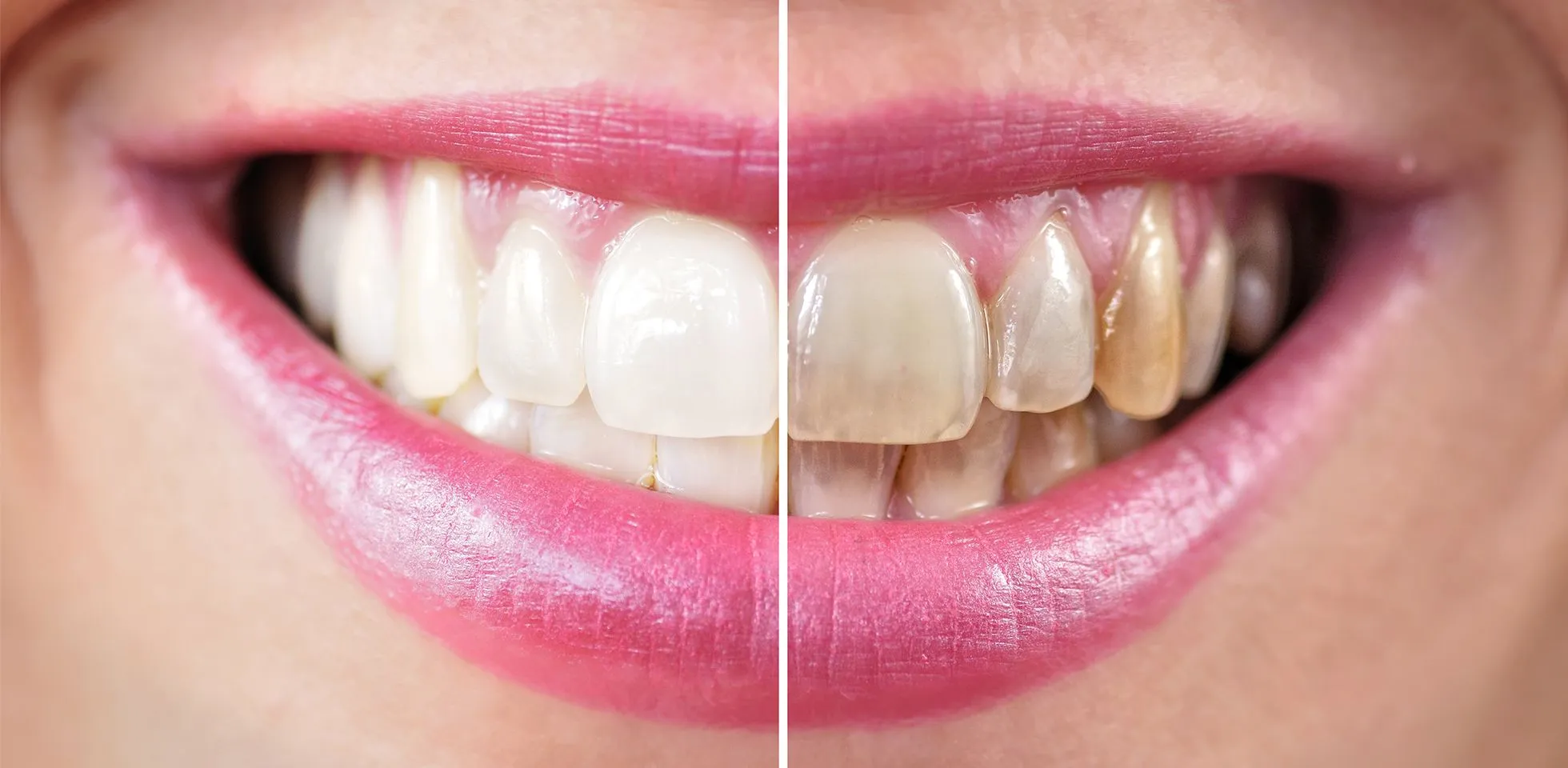Zoom Teeth Whitening vs Bleaching: The Core Differences
Choosing between Zoom teeth whitening and traditional bleaching can be a significant decision for anyone looking to brighten their smile. Both methods aim to achieve the same goal a whiter, more radiant smile but they differ significantly in the process, cost, and results. This article delves into the top five key differences between Zoom teeth whitening and bleaching, providing a comprehensive comparison to help you make an informed choice that best suits your needs and preferences. Understanding these distinctions will allow you to weigh the pros and cons of each procedure, considering factors like treatment time, cost, effectiveness, and potential side effects. Whether you are concerned about the time commitment, the budget, or the sensitivity of your teeth, this comparison will guide you through the crucial aspects of each method, ensuring you’re well-equipped to discuss your options with a dental professional and achieve the dazzling smile you desire.
1. Whitening Process Explained
What is Zoom Teeth Whitening?

Zoom teeth whitening is an in-office procedure performed by a dental professional. The process typically involves applying a high-concentration hydrogen peroxide gel to the teeth. This gel is then activated by a special Zoom whitening lamp, which emits a specific wavelength of light designed to accelerate the whitening process. The light helps to break down the stains and discoloration on the enamel of the teeth. The procedure usually takes about an hour and is often completed in a single visit, making it a convenient option for those seeking immediate results. The effectiveness of Zoom whitening is largely due to the potent bleaching agent and the enhancing effect of the light, which ensures thorough and rapid whitening.
What is Bleaching?
Bleaching, often referred to as at-home teeth whitening or over-the-counter whitening, employs a different approach. It commonly involves the use of custom-fitted trays provided by a dentist or the use of pre-filled trays or strips purchased from a pharmacy. The bleaching agent, usually containing a lower concentration of hydrogen peroxide or carbamide peroxide, is applied to the teeth. This method typically requires a longer period to achieve visible results, with treatments lasting from several days to weeks. Patients use the trays or strips for a specified amount of time each day, following their dentist’s instructions or the product’s guidelines. While less intensive than Zoom whitening, bleaching offers flexibility and convenience, allowing individuals to whiten their teeth at their own pace and in the comfort of their homes.
2. Treatment Time & Procedure
Zoom Whitening Procedure Details
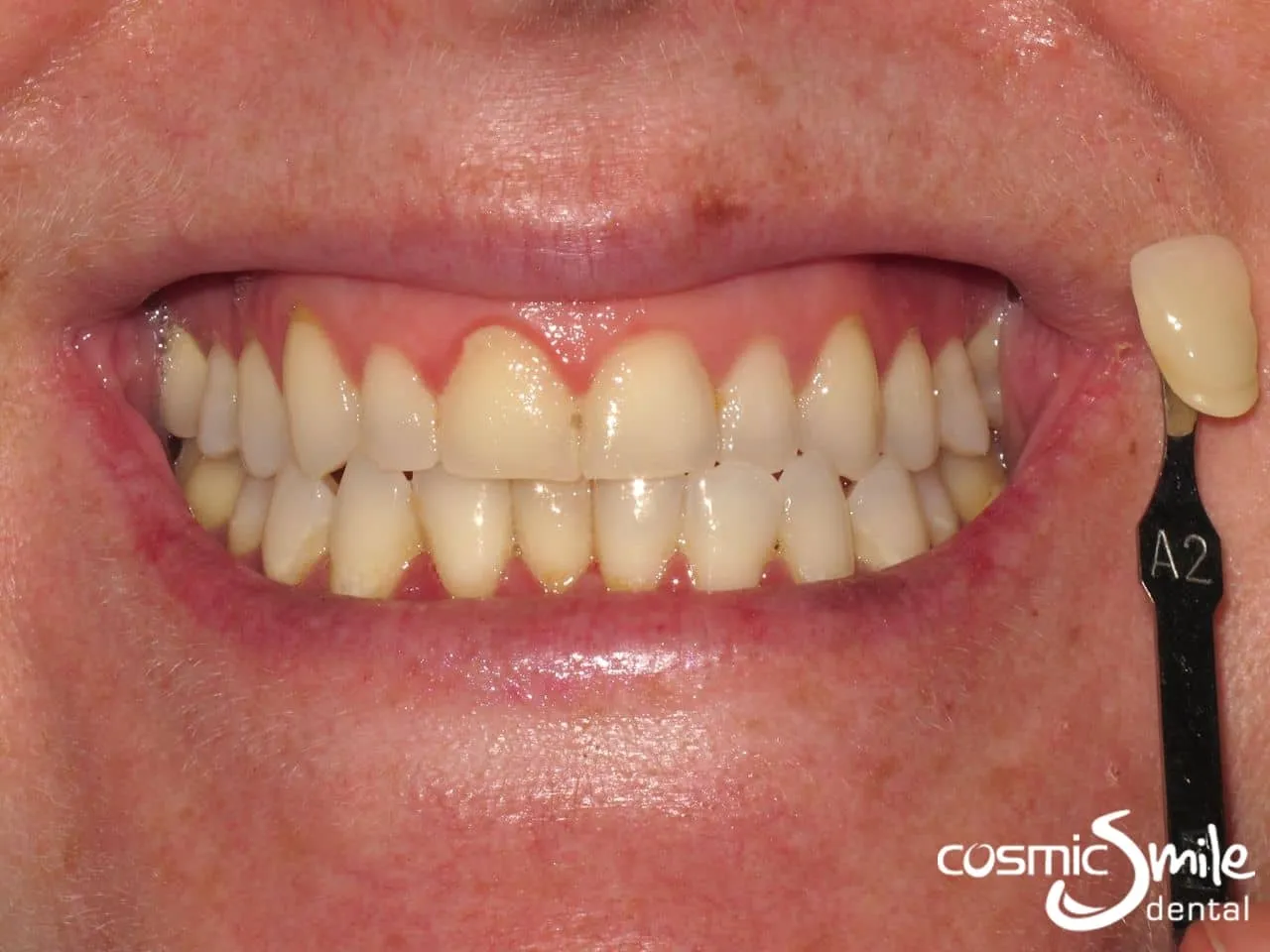
The Zoom whitening procedure is designed to be a swift and efficient process. Before starting, the dentist will typically clean your teeth to remove any plaque or debris, preparing the surface for optimal whitening. Protective measures, such as a cheek retractor and protective eyewear, are then put in place to safeguard your soft tissues and eyes from the bleaching agent and the light. The dentist applies the Zoom whitening gel to the teeth, carefully ensuring even coverage. The Zoom lamp is then positioned, and the light is directed at your teeth, usually for three to four 15-minute sessions. After each session, the gel is removed, and your teeth are evaluated. At the end of the procedure, the dentist may apply a fluoride treatment to minimize any potential sensitivity. The entire process is usually completed within an hour.
Bleaching Treatment Process
The bleaching process is more gradual and patient-driven. If using custom-fitted trays, your dentist will take impressions of your teeth to create the trays that fit precisely. You will be given instructions on how to apply the bleaching gel to the trays and the recommended wear time, which can range from a few hours a day to overnight. For over-the-counter options, you’ll follow the instructions on the product packaging. This typically involves applying the strips or using the pre-filled trays for a specified duration each day. The bleaching process may take several weeks to show significant results, making it a more extended commitment compared to Zoom whitening. Regular follow-up with your dentist might be recommended, especially if using custom trays, to monitor progress and address any concerns.
3. Cost Comparison Analysis
Average Cost of Zoom Whitening
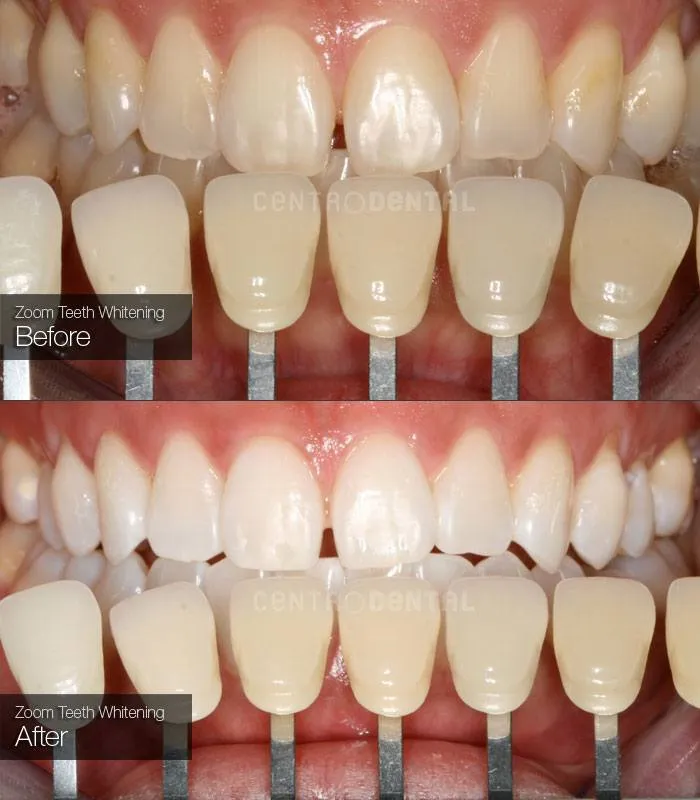
Zoom teeth whitening generally comes at a higher price point compared to bleaching due to the in-office procedure and the advanced technology involved. The cost can vary based on the location, the dental practice, and any additional treatments included. On average, Zoom whitening can range from several hundred to over a thousand dollars. This cost usually covers the professional application of the whitening gel, the use of the specialized lamp, and any necessary pre-treatment and post-treatment care. While the initial investment is higher, the immediate results and the convenience of the single-visit procedure make it an attractive option for many.
Average Cost of Bleaching
Bleaching, particularly at-home bleaching, is generally more affordable. The cost varies depending on whether you opt for custom trays from a dentist or over-the-counter products. Custom trays and professional-strength bleaching gel provided by a dentist will be more expensive than drugstore options but still significantly less costly than Zoom whitening. Over-the-counter whitening strips or pre-filled trays are the most budget-friendly choices. These can range from a few dollars to a few hundred dollars, depending on the brand and the number of treatments included. While the cost is lower, it’s essential to factor in that results may take longer, and you might need to purchase additional whitening products to maintain the desired level of brightness. It is worth mentioning that bleaching methods may require touch-up treatments to maintain the results, increasing the long-term cost.
4. Effectiveness and Results
Zoom Whitening Results & Duration
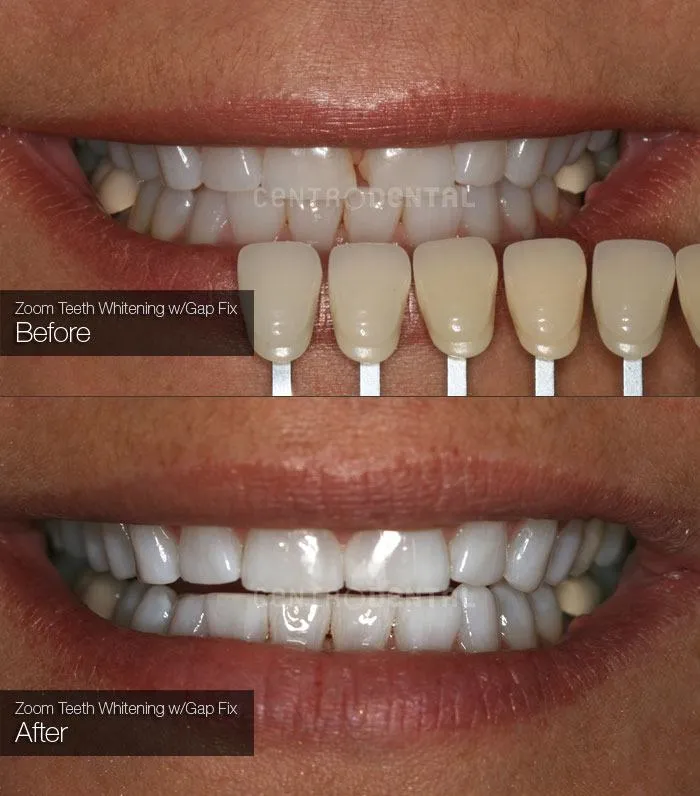
Zoom teeth whitening is known for delivering dramatic and immediate results. Patients can often expect to see their teeth whiten by several shades during a single session. The high concentration of the bleaching agent and the activation by the Zoom lamp contribute to this rapid transformation. The duration of the results can vary, depending on individual habits and lifestyle factors, such as diet and smoking. With proper care, including regular dental check-ups and avoiding stain-causing foods and beverages, the effects of Zoom whitening can last for several months to a few years. Touch-up treatments may be needed to maintain the desired level of whiteness over time. The quick and significant improvement makes Zoom whitening a popular choice for those seeking a quick cosmetic enhancement.
Bleaching Results & Longevity
Bleaching provides more gradual but noticeable results. With at-home bleaching, improvements become apparent over a period of weeks. The extent of whitening depends on the concentration of the bleaching agent, the duration of use, and the individual’s tooth structure. Results from bleaching can last for several months to a couple of years, with proper maintenance. The longevity of the results is influenced by factors similar to those affecting Zoom whitening, such as diet, smoking habits, and oral hygiene practices. Regular touch-ups and maintenance treatments may be needed to maintain the desired shade of white. Bleaching is a more patient-controlled process, allowing individuals to achieve a brighter smile at their own pace.
5. Potential Side Effects and Risks
Risks Associated with Zoom Whitening
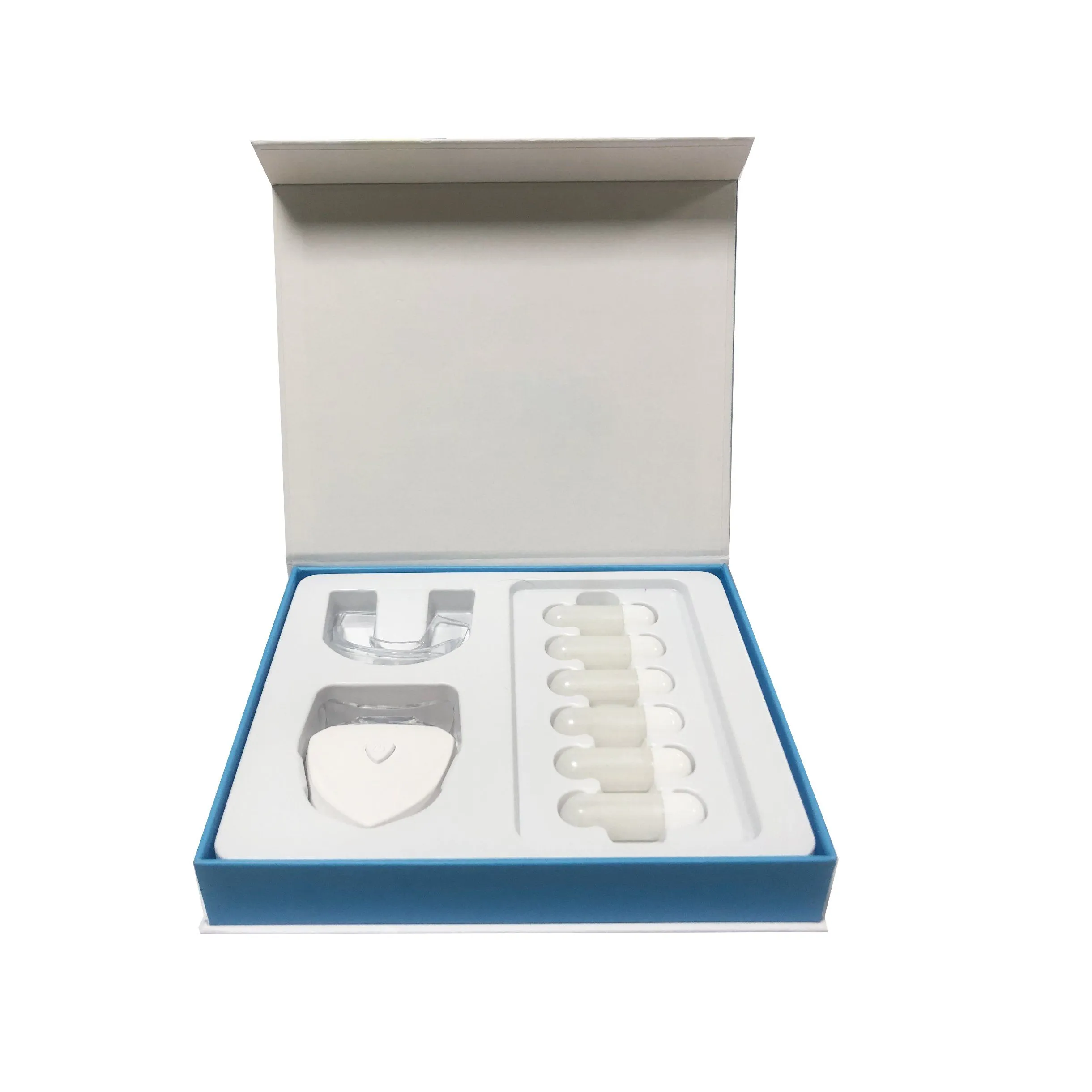
Both Zoom whitening and bleaching carry potential side effects and risks. The most common side effect of Zoom whitening is tooth sensitivity, which can occur during and shortly after the procedure. This sensitivity is usually temporary and diminishes within a few days. Other potential risks include gum irritation and, rarely, alterations in the tooth enamel. It’s crucial to consult with a dentist before undergoing Zoom whitening to determine if it is a suitable option for your oral health. The dentist can assess your teeth and gums and provide recommendations to minimize potential risks. Following the dentist’s instructions carefully can help reduce the likelihood of complications. In some cases, those with pre-existing conditions or sensitive teeth may not be ideal candidates for Zoom whitening.
Risks Related to Bleaching
Bleaching, too, can cause side effects such as tooth sensitivity and gum irritation, especially with higher-concentration bleaching agents. These side effects are often temporary and can be managed with desensitizing toothpaste or other treatments recommended by your dentist. Improper use of bleaching trays or strips can lead to uneven whitening or damage to the soft tissues of the mouth. It’s essential to follow the instructions provided by your dentist or the product manufacturer carefully to minimize these risks. If you experience any persistent sensitivity or discomfort, consult your dentist immediately. Overuse of bleaching products is also not recommended and can lead to more serious oral health problems, so adhering to recommended treatment schedules is crucial.
Conclusion
The choice between Zoom teeth whitening and bleaching ultimately depends on your individual needs, preferences, and circumstances. Zoom whitening provides immediate results and is ideal for those seeking a quick and dramatic transformation, while bleaching offers flexibility and cost-effectiveness for those willing to invest more time. Consider factors like your budget, how quickly you want results, your sensitivity to potential side effects, and your lifestyle. Consulting with a dentist is crucial before making a decision. A dental professional can assess your oral health, discuss the pros and cons of each method, and recommend the best approach to achieve your desired smile. By weighing the differences carefully, you can confidently choose the teeth-whitening option that aligns best with your goals and ensures a healthy and radiant smile.
